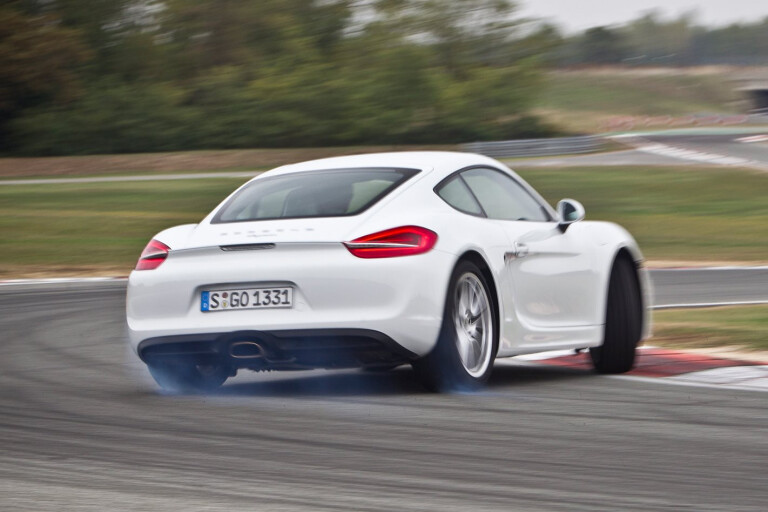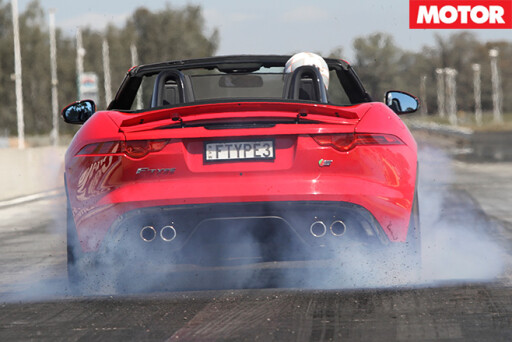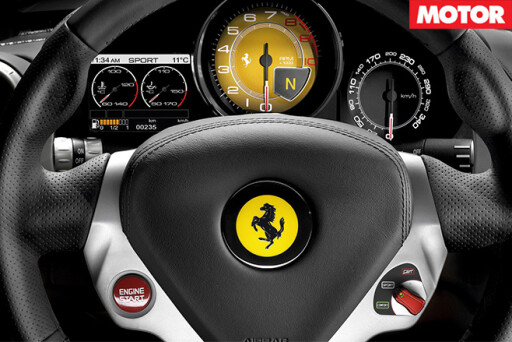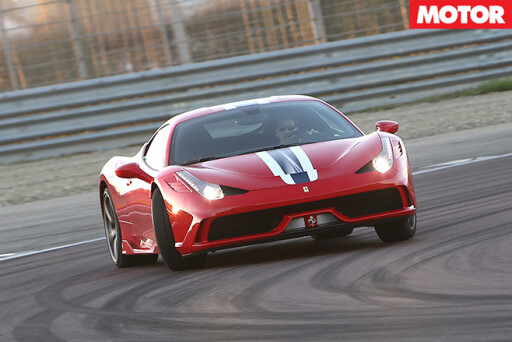
Gone are the days of hairy-chested burnouts and adrenalin pumping power-slides with only your right foot controlling the distance between you and the fence.
Now there is an increasingly common and ever present electronic nanny looking over your shoulder to oversee your playtime. Bad thing for the budding Beau Yates? Not necessarily.
Most industry pundits will have you believe the ever present nature of traction control and stability interference in modern cars is a bad thing.
For sure, in genuine race situations it can be a problem when the grip levels of the car exceed a certain pre-programmed range of the vehicles performance ‘envelope’ (which is derived from the vehicle’s behaviour on stock rubber), but for the majority of us who enjoy the odd social track day and some general driving fun, the modern traction-control system is your friend rather than your enemy.
 Gone are the days of intrusive throttle kicking and staggering power delivery of the early VT-VY Commodores (most Aussies’ first experience with traction systems), instead replaced with a seamless and almost totally invisible helping-hand all but the most ardent racers won’t even know is helping them negotiate a corner – or get away from the lights.
Gone are the days of intrusive throttle kicking and staggering power delivery of the early VT-VY Commodores (most Aussies’ first experience with traction systems), instead replaced with a seamless and almost totally invisible helping-hand all but the most ardent racers won’t even know is helping them negotiate a corner – or get away from the lights.
In the old days, traction control systems used an aptly named ‘Throttle Kicker’ to open and shut a cable throttle in a vain attempt to control grip, but today there is a blending of electronic throttle positioning, ignition cut, fuel cut, and even camshaft angle control to modulate engine torque and generate maximum grip.
 Combined with complicated ABS systems that can vector (direct) torque to individual wheels by braking the opposing wheel, it’s clear to see this can be a very complicated field of vehicle technology.
Combined with complicated ABS systems that can vector (direct) torque to individual wheels by braking the opposing wheel, it’s clear to see this can be a very complicated field of vehicle technology.
We received a first hand look at exactly how good modern traction-control systems are at a recent track day with a tuned Merc A45. Decent lap times were achieved running ‘Traction Off’ on some sticky tyres, but observers kept asking why the brake lights kept flashing around some long, hard corners. This wasn’t the driver, but the in-built AMG traction control system controlling torque and braking the vehicle so subtly the fairly experienced driver didn’t even notice.
Grip Control
The ECU does all the trick processing of torque signals from traction subsystems and determines how to modulate engine torque (via throttle closing, fuel cut, spark cut and cam timing) for targeted grip levels.
 Checking Pulses
Checking Pulses
Cutting fuel injector pulse and/or energy to the spark plugs is used as a torque limiting function. When the throttle can’t be closed fast enough these ‘hard cuts’ are used as a backup system, and reward the driver with a misfiring staccato engine note.
Braking Traction
The ABS module has internal data processing but with hydraulic control, allowing braking to individual wheels at varying pressure. With ABS intervention in traction control it allows subtle brake application to control wheel slip.
New Diffs
Nothing new in electro/hydraulic differentials being used to control grip, but their actuation systems and method of operation have improved over the past decade. Expect even budget performance cars to feature E-diff slip control in the near future.
Down the Wire
‘Drive By Wire’ throttle is the main player in keeping wheelspin in check. Since there’s no greasy cable connecting your foot to the engine bay anymore, you plant your right foot flat and the electronic throttle will limit engine torque output to avoid wheelspin.

COMMENTS